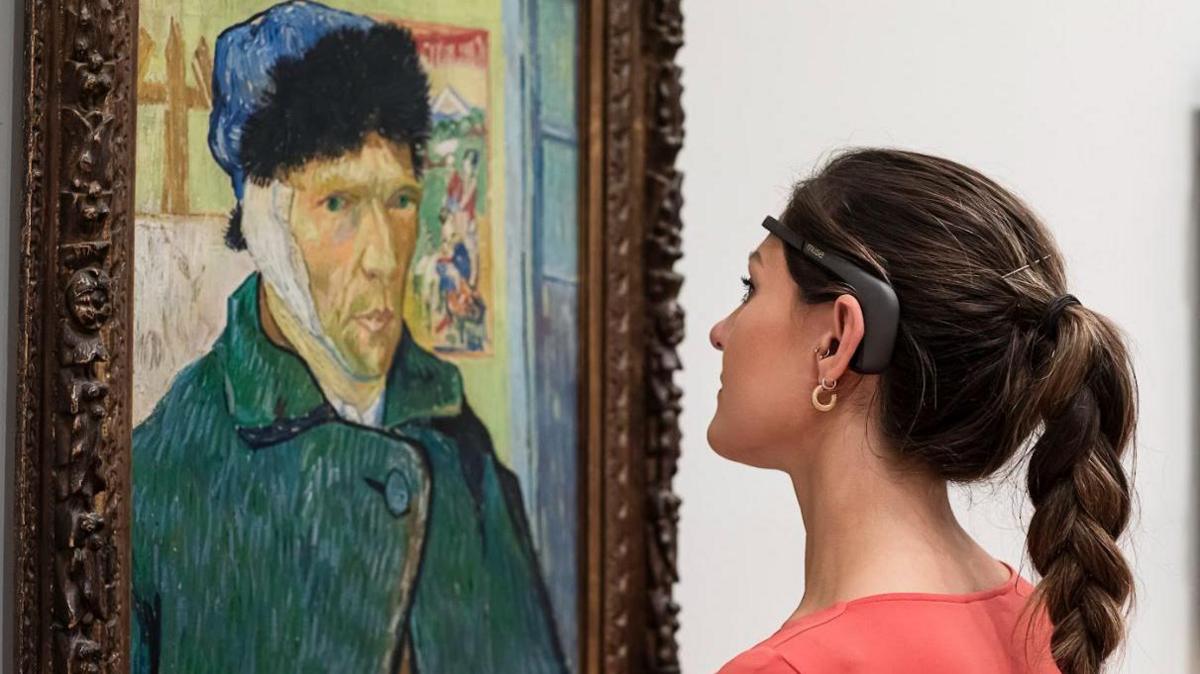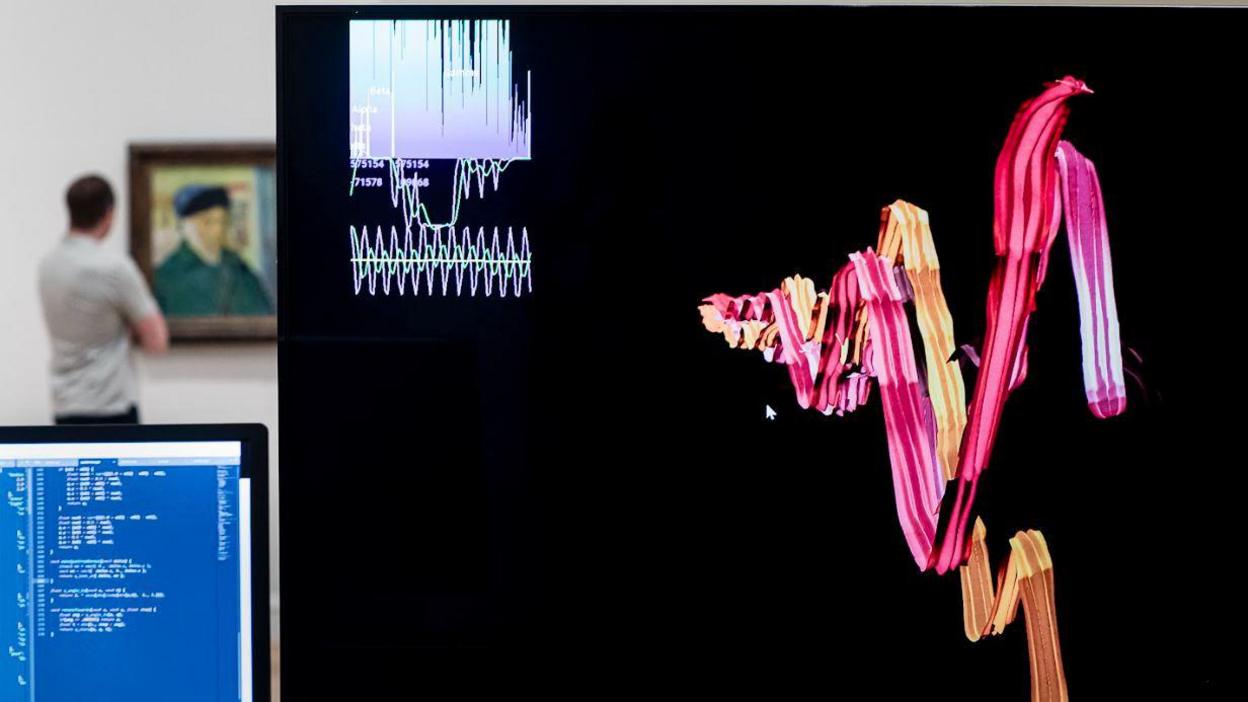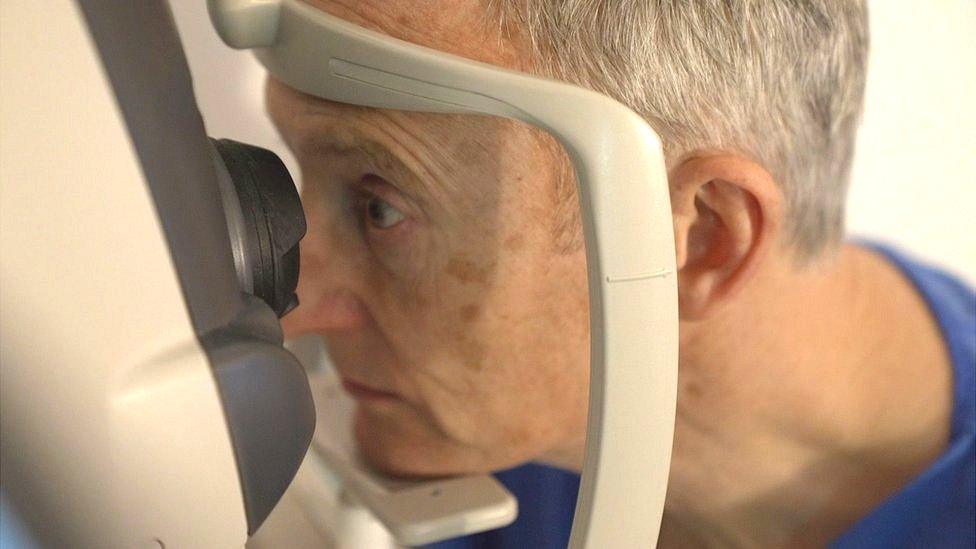Gallery project shows how art affects the brain

Visitors will wear headsets which will monitor changes in brainwaves while looking at art works
- Published
A new technology programme which allows people to see how their brain is stimulated when they experience art is coming to Surrey.
Art gallery visitors in Guildford will be able to try out headsets which give a 3D display of the effect that different works have on our brains.
Visitors will be able to see their own brainwaves at the town's Watts Gallery and Artists' Village on 14 April.
The project, run by Art Fund, the UK’s national charity for art, aims to solve the question of the fundamental value of art and the impact it has on individuals.

Art Fund said the technology shows how art can improve wellbeing and emotions
Research commissioned to accompany the initiative found that one in six people believe that art has no impact on them at all.
Art Fund says the technology demonstrates the "clear and immediate impact" art can have on the human brain, and how varied artworks may impact differently.
Visitors to Watts Gallery of all ages will be able to view art or artefacts while wearing a headset that is connected to an electroencephalogram (EEG) monitor.
The outputs of their brainwaves as they react to the art are visualised on-screen in 3D and real-time.
Art Fund director Jenny Waldman said: "This technology shows how art can improve our wellbeing and emotions.
"Audiences love seeing the visualisation of their brainwaves when they look at different paintings and objects in museums.
"We hope that by bringing the experience to Surrey, we can inspire more people to visit the amazing museums and galleries we have on our doorsteps."
Follow BBC Surrey on Facebook, external, and on X, external. Send your story ideas to southeasttoday@bbc.co.uk, external or WhatsApp us on 08081 002250.
Related topics
Related Internet Links:
- Published18 May 2023

- Published30 March 2020

- Published22 October 2018
